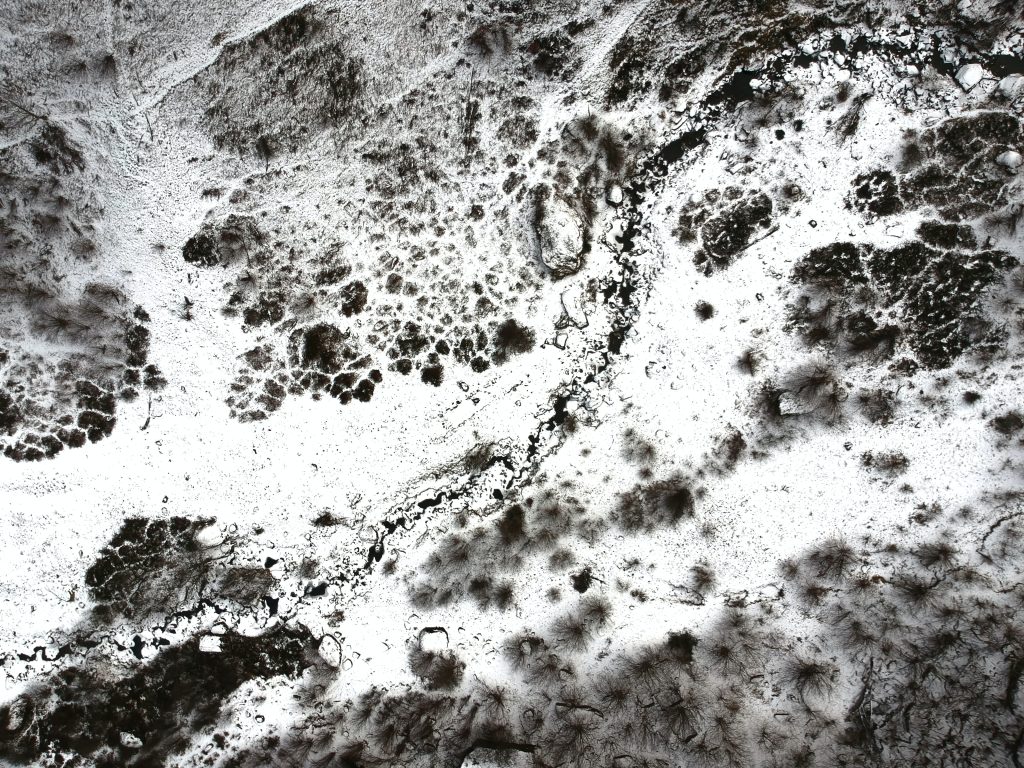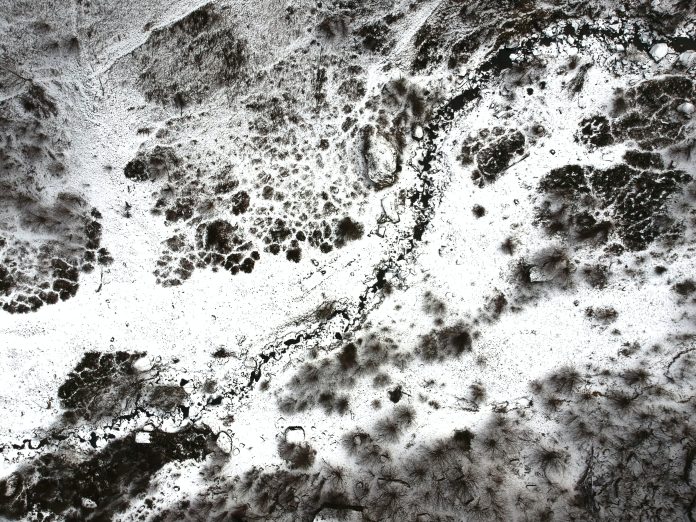Melanie Martinez
Science and Tech Editor
When UC Santa Barbara (UCSB) students move into their Isla Vista (I.V.) apartment for the first time, they expect a decent enough space that they will call home for the next nine months to a year. However, on window sills or in the corners of ceilings, they might discover black spots that at first look like dirt. With closer inspection, it can be determined that it is black mold decorating their apartment. Oftentimes a “quick” text to their landlord isn’t helpful and can leave the students in confusion about how to get rid of the black mold.
Black mold is a fungus that can appear to be the color black or green. It grows and spreads on different materials such as wood products and drywall.

How does black mold appear in I.V. apartments in the first place? Moisture is the basis for black mold growth,especially in I.V. where temperatures usually are around 70 degrees Fahrenheit and apartments are absent of A.C. units to create proper ventilation. A moldy or musty smell can become apparent by the microbial volatile organic compounds produced by the mold. Most common places that mold can be found are in bathrooms, the main source of humidity within a house or apartment.
The presence of black mold can affect the immune system of the residents that are inhaling the air-borne spores. Leaving this fungus unattended can lead to long-term exposure and spreading of the fungus in the bathroom or other areas of the home. Some symptoms of mold allergy can vary from sneezing to nasal congestion and red eyes. Residents with asthma are susceptible to exposure by experiencing wheezing, shortness of breath, and a dry cough. The best way to combat these symptoms is to rinse the sinus or take medication.
After the discovery of black mold in their apartment, a UCSB student might immediately wonder how to get rid of the black mold. Some people might have the money to pay for a mold removal company to come and remove it, but for an average college student, money is very tight. Luckily, there are some home remedies that can help stop the growth of black mold. Prior to beginning, pull out an old t-shirt, those old lab goggles, and a pair of gloves to be protected from stray spores. Chlorine bleach, hydrogen peroxide, distilled white vinegar, baking soda, and borax can be used to rid an area of black mold. Disclaimer: Be careful with combining these chemicals. Depending on the material the fungus is growing on, the technique might differ. However, whichever method you choose requires scrubbing.
Black mold is a common discovery in I.V. apartments and many people have some type of experience with it. Moorea Keene, a fourth year UCSB student, describes trying to work with her landlord to fix the issue, “Nothing was done about it, we took pictures and sent it to our landlord and no one ever came to remove it. So nine months later it’s still there.”
As an undesirable flora of I.V., black mold is very present and persistent throughout the college town. The black or green spotted mold is not something someone wants to see when moving into a new place. Unfortunately, it seems to be a long-term resident of Isla Vista and is here to stay. However, it is possible to remove it to create a safer and fresher breathing environment.











